Fed Chair Jerome Powell’s post meeting press conference was generally taken well by investors. Both DOW and S&P 500 closed at new record highs, albeit slight higher ones. 10-year yield pared back some gains to close up 0.020 at 1.641. Dollar, on the other hand, weakened broadly on risk-on sentiments.
Powell said that “the stance of monetary policy we have today, we think is appropriate”. “We think our asset purchases in their current form — which is to say across the curve, $80 billion in Treasuries, $40 billion in mortgage-backed securities, on net — we think that’s the right place for our asset purchase”.
“Substantial progress” is needed before policymakers consider dialing back the asset purchases. “Until we give a signal, you can assume we’re not there yet,” he emphasized. “As we approach it, well in advance, well in advance, we will give a signal that yes, we’re on a path to possibly achieve that, to consider tapering.”
On the topic of of rising treasury yields, Powell said “if you look at various indexes of financial conditions, what you’ll see is they generally do show financial conditions overall to be highly accommodative”. He just reiterated that “I would be concerned by disorderly conditions in markets or by persistent tightening of financial conditions that threaten the achievement of our goals.”
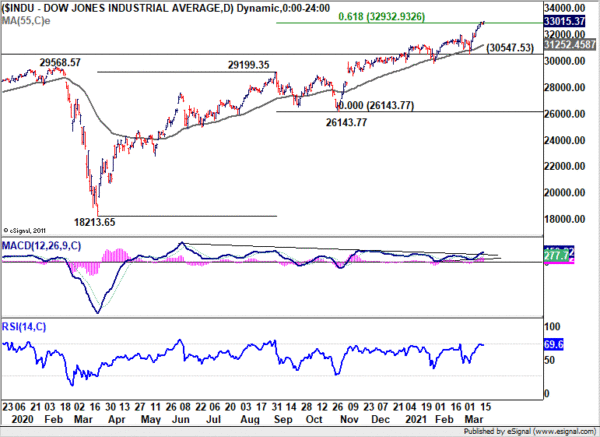




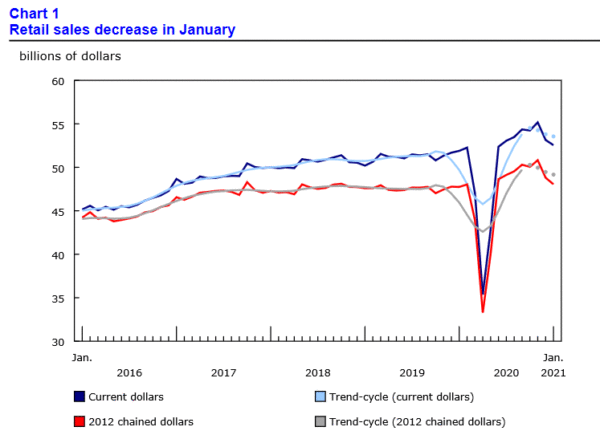
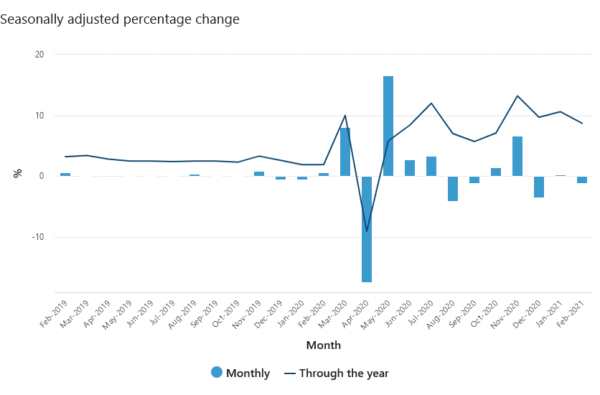
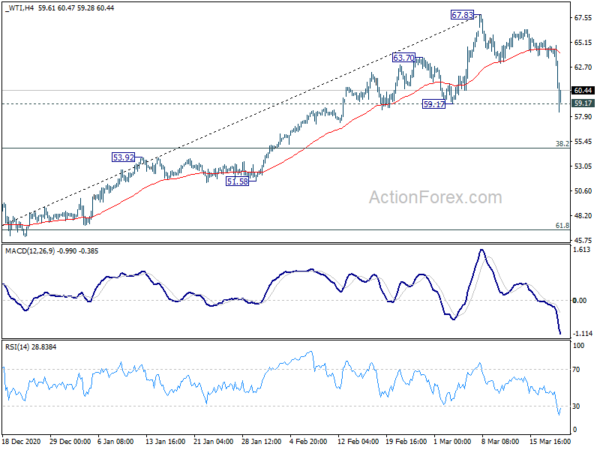
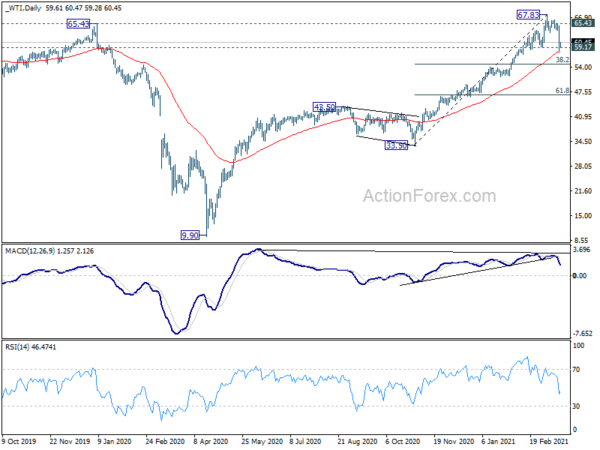
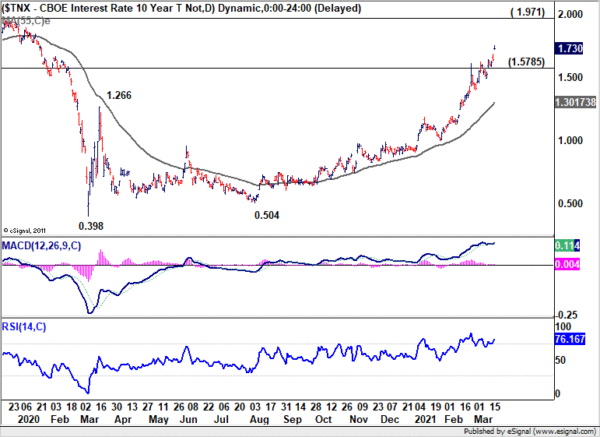
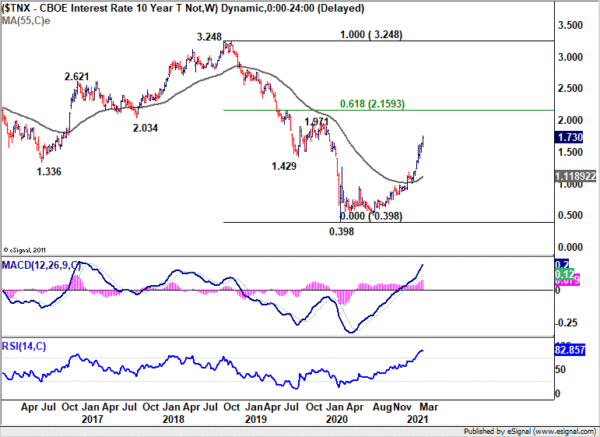
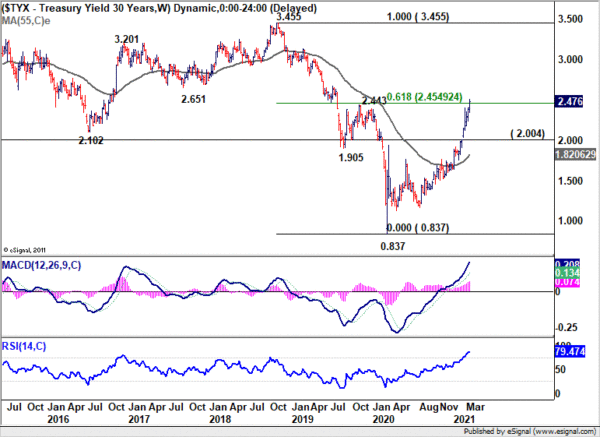
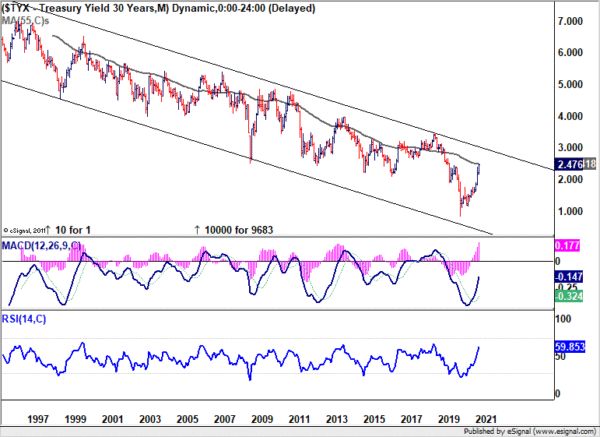
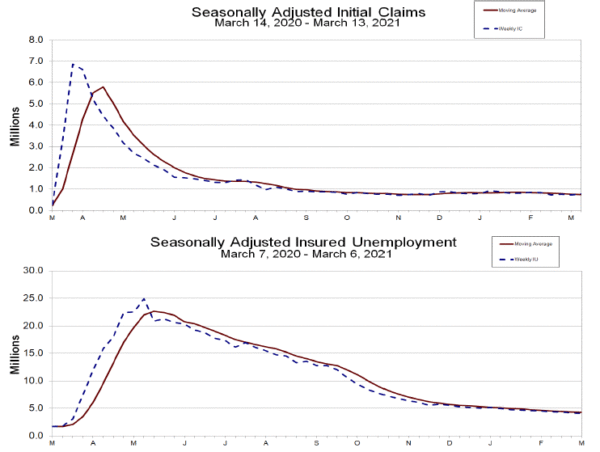
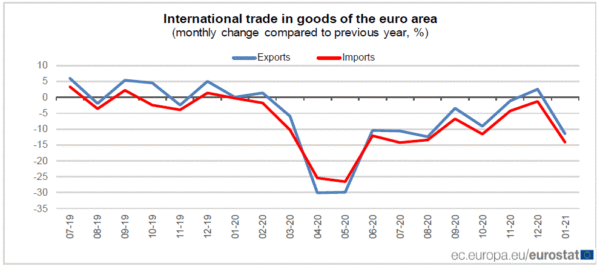
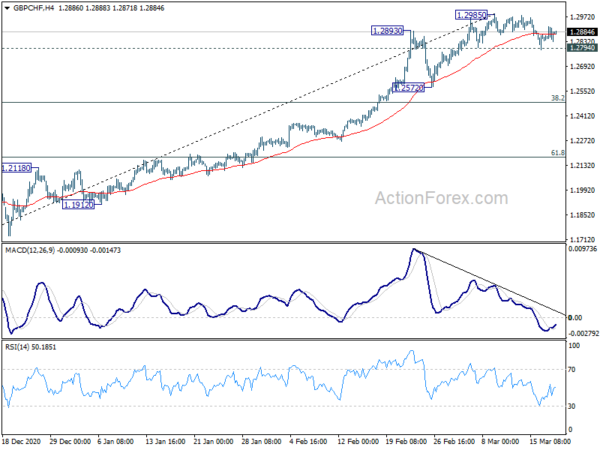
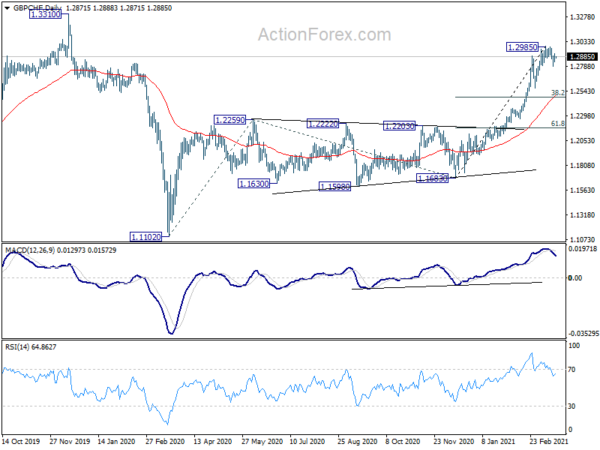
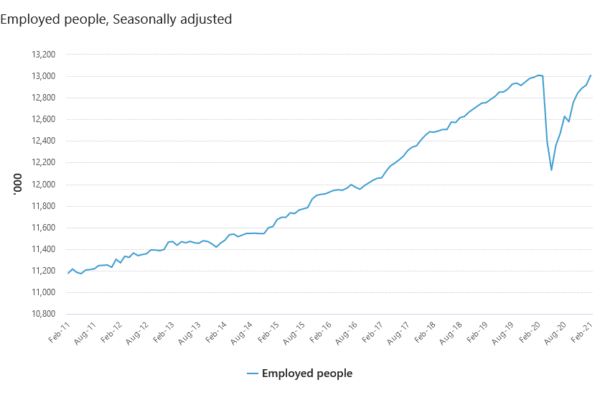
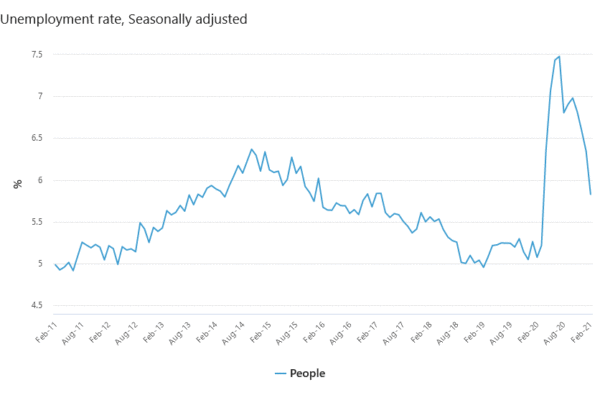
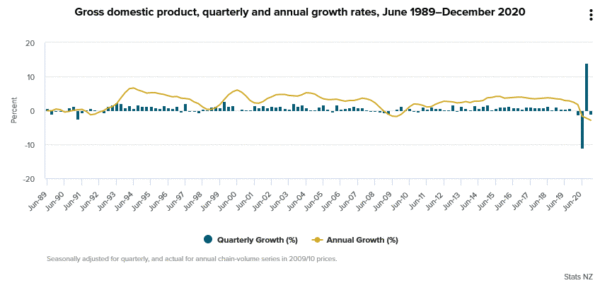
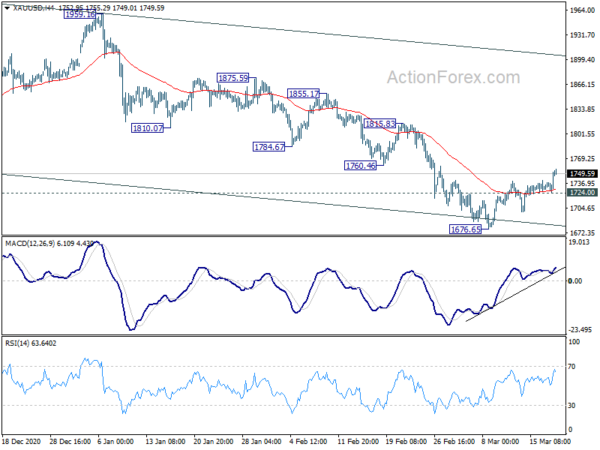
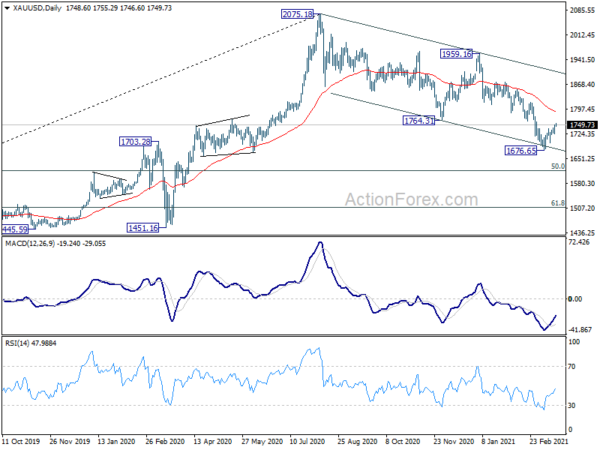


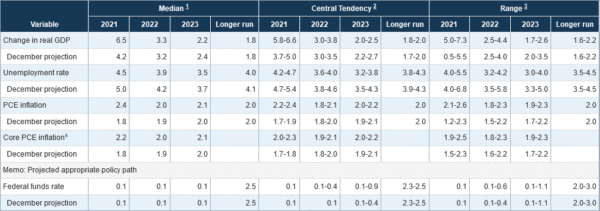

Japan Nikkei dropped -2%, as corrective pattern develops the third leg
Japan’s Nikkei closed sharply lower by -2.07%, or -617.9pts, to 29174.15. Markets attribute the decline to many reasons, from the fire at semiconductor supplier Reneasas’ plant, to BoJ’s stop in purchasing Nikkei-linked ETFs, to surging US treasury yields, and even to the free fall in Turkish Lira.
But technically, the sharp fall was seen as nothing more than the third leg of the consolidation pattern from 30714.52. There wasn’t remotely enough evidence to suggest a change in the medium term up trend from 16358.19.
While deeper correction cannot be ruled out, the first line of defense will be from 55 day EMA (now at 28767.46). Sustained break of that would turn focus to channel support (now at 27170). We’d see how deep the correction would develop into.